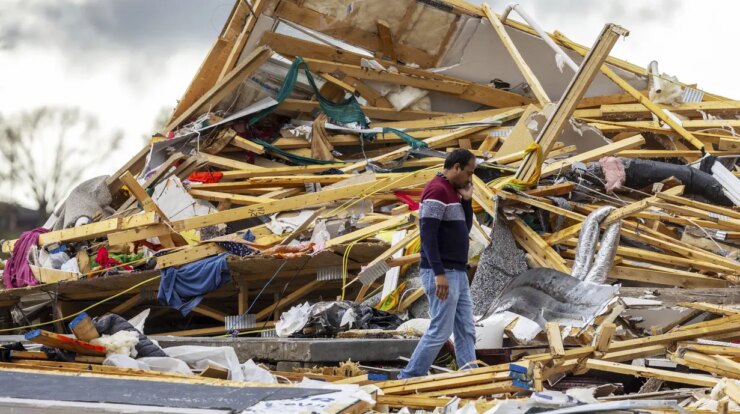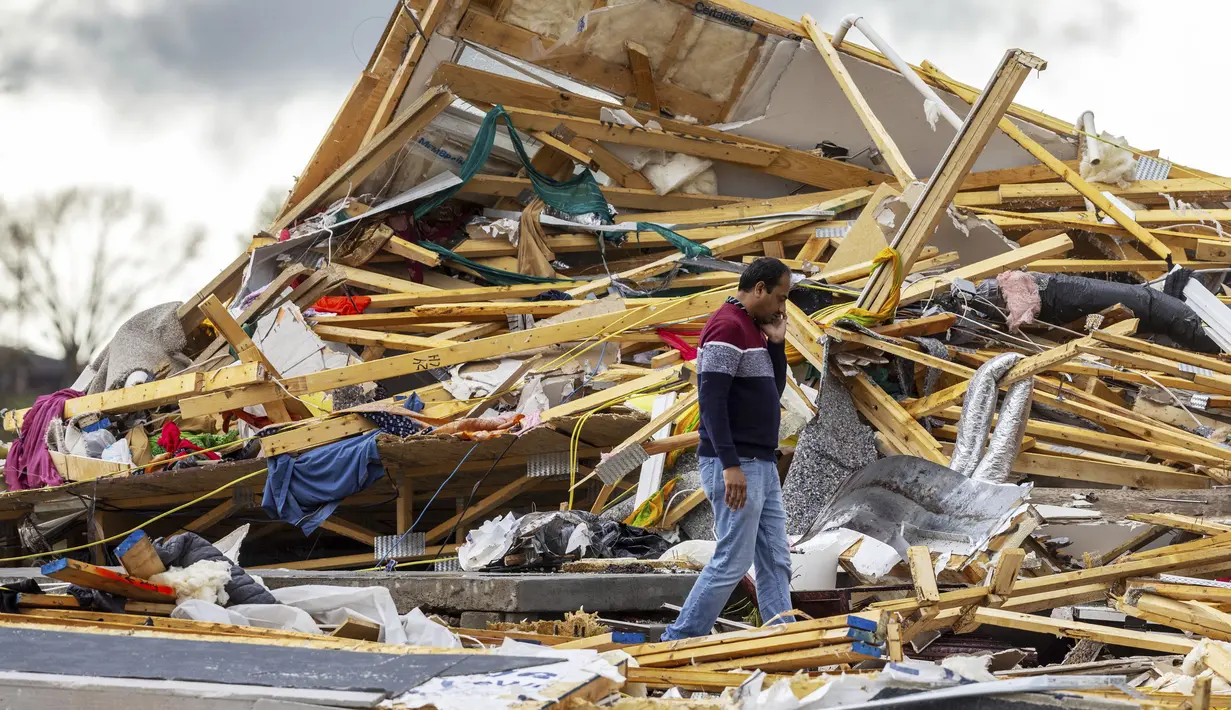
Prepare to delve into the heart of the Great Plains, where the wrath of nature unleashes its fury in the form of Nebraska tornadoes. These colossal forces of nature leave an unforgettable mark on the landscape, shaping the lives of Nebraskans for generations.
Join the joyous festivities of Koningsdag , a day dedicated to celebrating the Dutch monarchy. From street parties and live music to traditional games and markets, this vibrant event brings the Netherlands together in a celebration of its rich heritage and unity.
Join us as we explore the science behind these meteorological marvels, their devastating impact, and the resilience of those who face them.
Immerse yourself in the vibrant Dutch culture during Kingsday , a national celebration honoring King Willem-Alexander. This annual event showcases the country’s rich heritage through colorful parades, lively music, and festive markets.
From the meteorological conditions that give rise to these twisters to the strategies employed for detection and mitigation, this guide will provide a comprehensive understanding of Nebraska tornadoes. We’ll also uncover the lessons learned from past events, inspiring preparedness and response efforts that save lives.
Tornado Formation and Characteristics
Nebraska is a state in the Great Plains region of the United States, which is known for its frequent and often severe tornadoes. The meteorological conditions necessary for tornado formation in Nebraska include:
- Strong wind shear, which is the difference in wind speed and direction between different levels of the atmosphere.
- Warm, moist air near the ground, which provides the energy for the tornado.
- A lifting mechanism, such as a thunderstorm updraft, which forces the warm air to rise and create a rotating column of air.
Tornadoes in Nebraska typically range in size from small, weak tornadoes with wind speeds of less than 100 mph to large, violent tornadoes with wind speeds of over 200 mph. The most common type of tornado in Nebraska is the supercell tornado, which is a long-lived, rotating thunderstorm that can produce multiple tornadoes.
Understanding the severity of weather warnings is crucial for safety. Watches indicate a potential threat, while warnings signify imminent danger. Knowing the difference and responding appropriately can save lives.
Tornadoes can last for a few minutes to several hours, and they can travel for dozens of miles.
For those seeking a comprehensive guide to streaming excellence, look no further than Apple TV . With its vast library of award-winning shows, blockbuster movies, and exclusive originals, there’s something for every taste and preference.
The terrain and atmospheric instability in Nebraska play a significant role in tornado development. The state’s flat, open landscape provides few obstacles for tornadoes to travel across. The warm, moist air from the Gulf of Mexico is often drawn into Nebraska by the jet stream, which creates a favorable environment for tornado formation.
Discover the Netherlands’ fascinating monarchy by exploring the reign of King Willem-Alexander . Learn about his royal family, the history of the Dutch monarchy, and the important role they play in the country’s cultural and political landscape.
Historical Nebraska Tornadoes

Nebraska has a long history of tornadoes, with some of the most notable tornadoes occurring in recent years. The following table summarizes some of the most significant tornadoes that have occurred in Nebraska:
| Date | Location | Impact |
|---|---|---|
| May 25, 1955 | Hastings | 11 fatalities, 200 injuries |
| June 3, 1958 | Grand Island | 5 fatalities, 150 injuries |
| May 6, 1975 | Omaha | 4 fatalities, 100 injuries |
| June 15, 2012 | Pilger | 2 fatalities, 50 injuries |
| May 24, 2019 | Hastings | 3 fatalities, 20 injuries |
One of the most notable tornadoes in Nebraska’s history was the Hastings tornado of May 25, 1955. This tornado was an F5 tornado that killed 11 people and injured 200. The tornado was on the ground for 19 miles and destroyed over 1,000 homes.
The lessons learned from past tornado events have helped to improve preparedness and response efforts in Nebraska. The state now has a statewide tornado warning system, and communities have developed tornado safety plans. These efforts have helped to reduce the number of tornado fatalities in Nebraska in recent years.
Tornado Safety and Preparedness: Nebraska Tornado
Individuals and communities in Nebraska should have a comprehensive safety plan in place in the event of a tornado. The following are some tips for tornado safety:
- Have a designated tornado shelter in your home, such as a basement or interior room on the lowest floor.
- Stay away from windows and doors during a tornado.
- If you are outside during a tornado, lie down in a ditch or other low-lying area and cover your head with your hands.
- Be aware of the weather forecast and be prepared to take shelter if a tornado warning is issued.
Communities in Nebraska should also have a tornado safety plan in place. This plan should include:
- A system for issuing tornado warnings.
- A network of tornado shelters.
- A plan for evacuating people from areas that are at risk for tornadoes.
Early warning systems and community outreach are essential for enhancing tornado preparedness. Early warning systems can provide people with the time they need to take shelter, and community outreach can help to educate people about tornado safety.
Closing Summary
As we conclude our journey into the realm of Nebraska tornadoes, it’s evident that these formidable forces are an integral part of the state’s history and present. Understanding their behavior and impact is crucial for safeguarding lives and livelihoods. Through continued research, innovation, and community engagement, we can empower Nebraskans to face these challenges with resilience and determination.
Questions and Answers
How can I stay safe during a tornado in Nebraska?
Seek shelter immediately in a sturdy building, basement, or underground shelter. Stay away from windows and exterior walls.
What are the most common types of tornadoes in Nebraska?
The most common types are supercell tornadoes, which are long-lived and can produce large hail and damaging winds.
What is the average number of tornadoes in Nebraska each year?
Nebraska experiences an average of 50 tornadoes per year.





